FireDrone could be sent in ahead to find trapped people, assess layouts and unexpected hazards to allow responders to prepare accordingly and save more lives
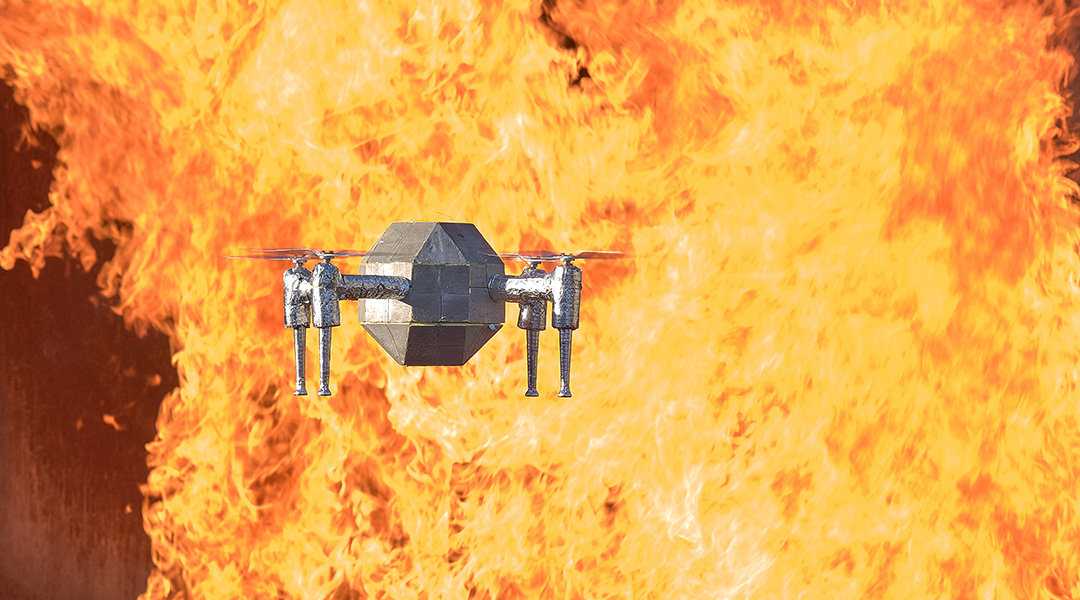

FireDrone could be sent in ahead to find trapped people, assess layouts and unexpected hazards to allow responders to prepare accordingly and save more lives
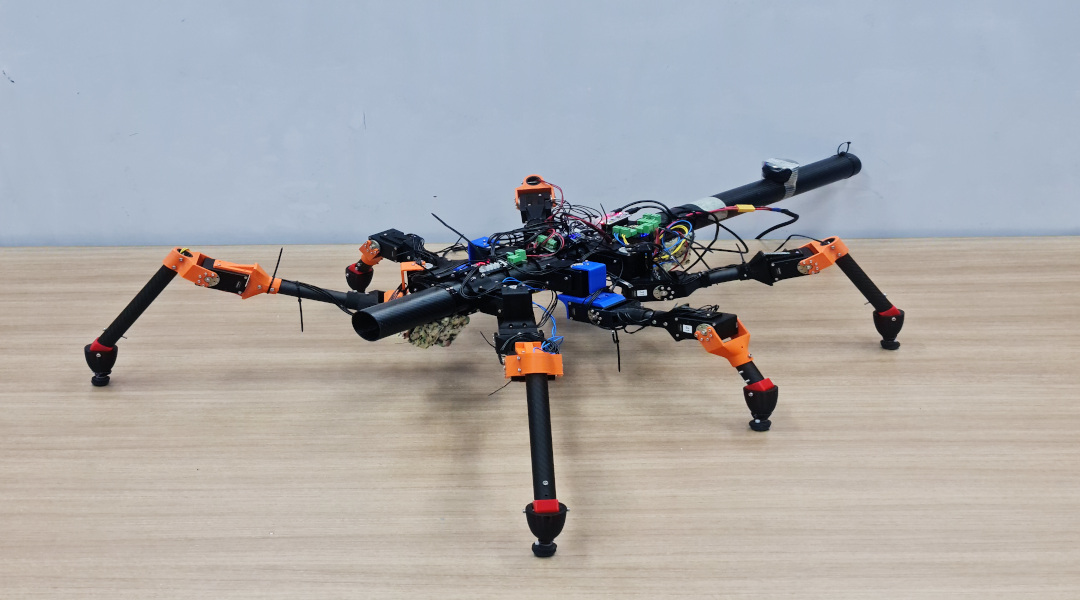
Researchers use stick insect locomotion as inspiration for machine learning approaches to teaching robots how to walk.

Cutting-edge smart packaging uses a color-changing sensor to detect food spoilage, revolutionizing quality control and safety in the food industry.

A new fire-warning technology integrated into children’s clothing can be linked up to a mobile device for early detection and proactive safety measures.

A tough gel electrolyte protects lithium metal anodes for safer and more efficient rechargeable batteries.

A new technique can detect the X-ray signature of an individual atom, even determining the structure of its electron orbits.
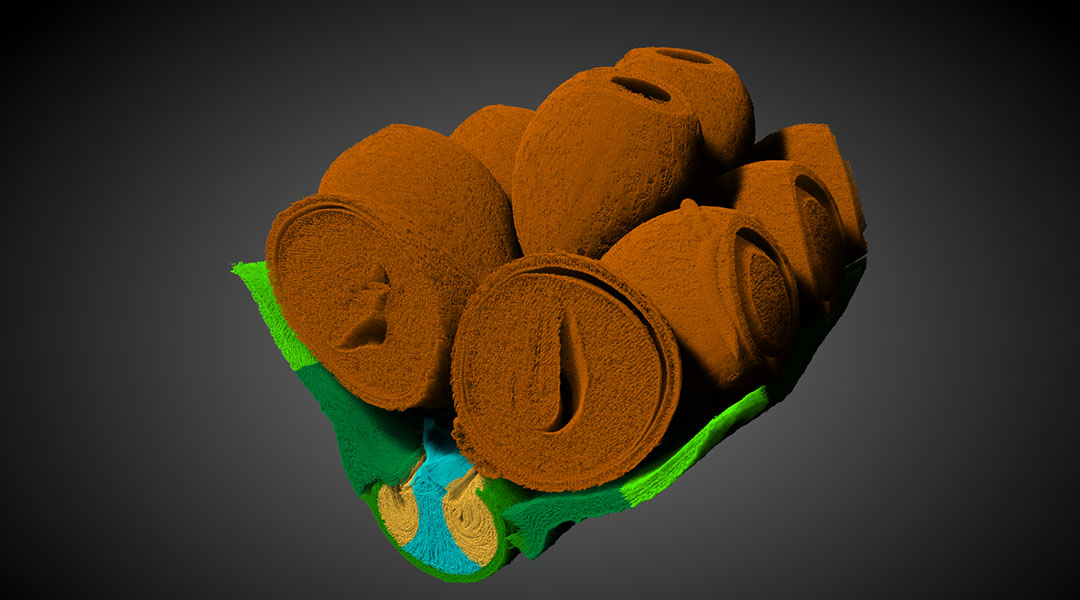
Taking inspiration from nature, scientists create a two-component catapult that overcomes limitations in 4D printing.
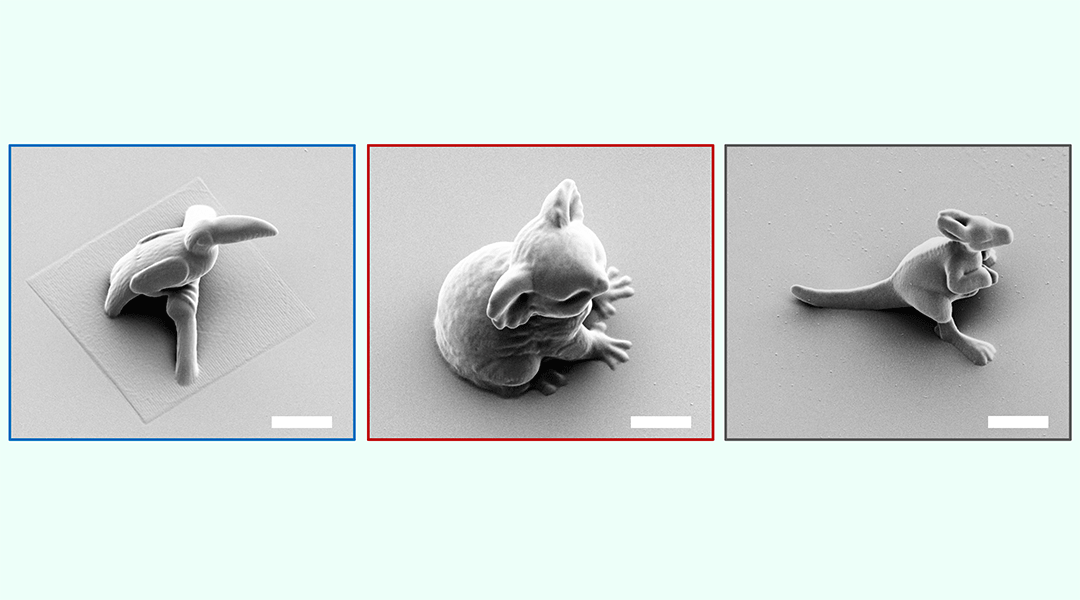
Defining the molecular sequence of ink ingredients gives chemical engineers precise control of microscopic 3D printing.
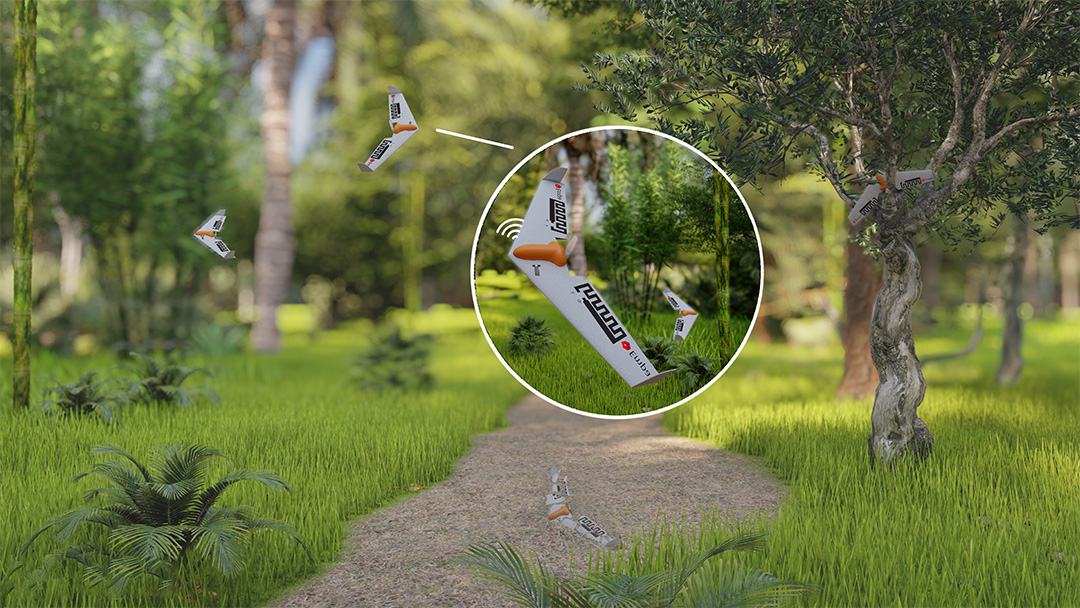
The forest floor should be able to make a meal out of this new drone made of almost completely from biodegradable parts.
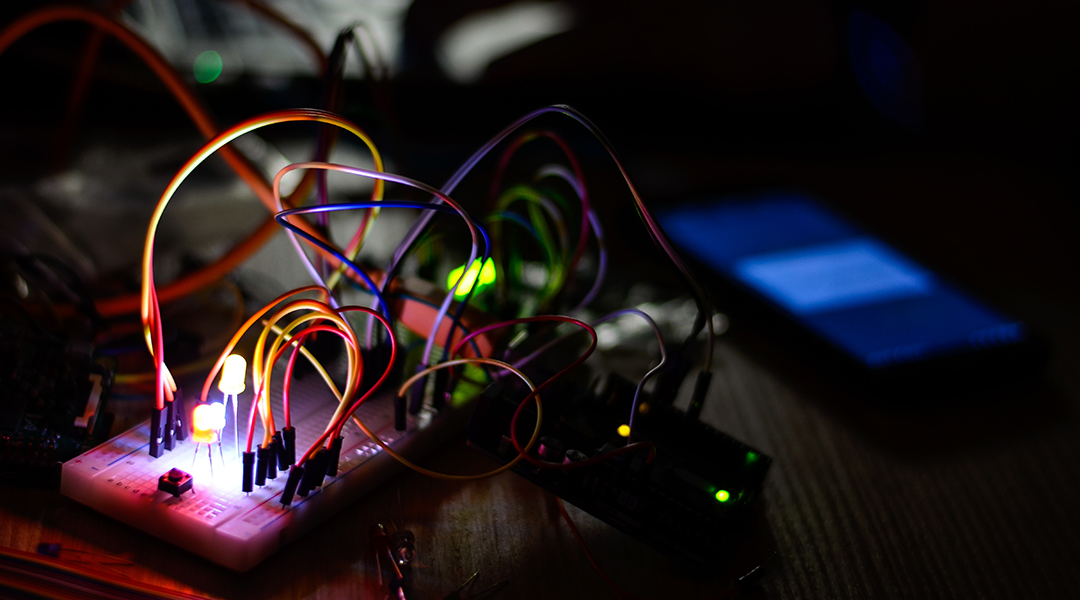
An optical device uses light-based signals for computation and communication and is a vital step toward advanced neuromorphic computers.